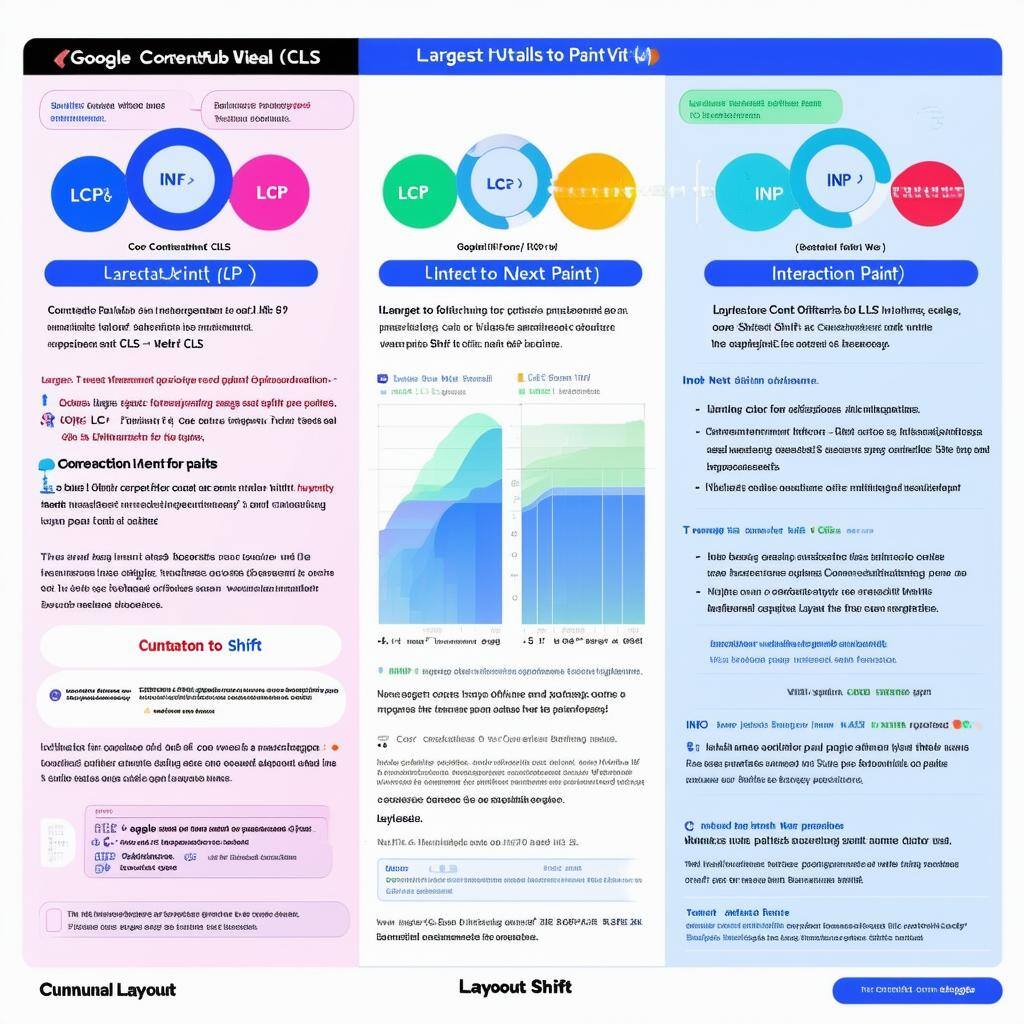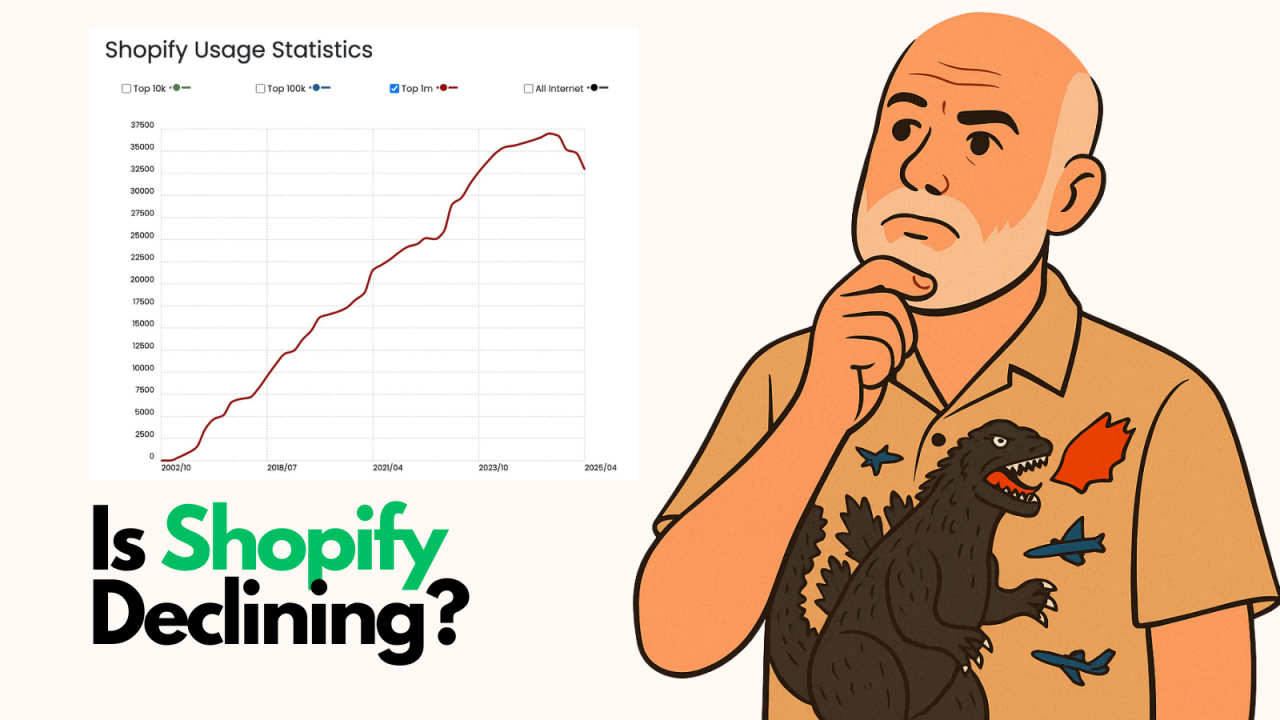
You've built a stunning website, filled it with valuable content, and optimized it for keywords. But why isn't it ranking as high as you'd hoped? The answer might lie in the mysterious realm of Google Core Web Vitals. Let's unpack this digital enigma and set you on the path to SEO success.
Google Core Web Vitals are like the vital signs of your website. Just as a doctor checks your heart rate and blood pressure, Google assesses your site's health through these key metrics. They're not just another set of technical jargon to ignore. These vitals directly impact your site's performance in search rankings and, more importantly, your users' experience.
Largest Contentful Paint (LCP): Think of LCP as your website's first impression. It measures how long it takes for the main content to load. You want this to happen within 2.5 seconds. Any longer, and you risk losing impatient visitors.
Interaction to Next Paint (INP): This new kid on the block replaced First Input Delay (FID) in March 2024. INP measures how quickly your site responds to user interactions. It's like the reflexes of your website. A good INP score is 200 milliseconds or less.
Cumulative Layout Shift (CLS): Have you ever tried to click a button, only to have it move at the last second? That's what CLS measures - the visual stability of your page. Aim for a CLS score of less than 0.1 to keep your users from feeling like they're playing a frustrating game of whack-a-mole.
You might be wondering, "Why should I bother with these technical details?" Here's why:
Google Says So: Like it or not, Google's opinion matters in the online world. They've explicitly stated that Core Web Vitals are a ranking factor. Ignoring them is like showing up to a job interview in your pajamas - technically possible, but not recommended.
Users Love Speed: In today's fast-paced world, users have the patience of a toddler in a candy store. If your site is slow, they'll bounce faster than you can say "Core Web Vitals."
Mobile Matters: With mobile-first indexing, your site's performance on smartphones is crucial. Core Web Vitals play a significant role in mobile optimization.
Before you can improve, you need to know where you stand. Here are some tools to check your Core Web Vitals:
Google PageSpeed Insights: This free tool analyzes your webpage and provides a detailed report on your Core Web Vitals scores.
Google Search Console: It offers a dedicated Core Web Vitals report based on real-world user data.
Chrome DevTools: For the technically inclined, this toolkit allows you to dive deep into your site's performance.
Now that you know where you stand, it's time to improve. Here are some strategies to boost your scores:
Optimize Those Images: Compress images, use modern formats like WebP, and implement lazy loading.
Minimize Render-Blocking Resources: Identify and optimize CSS and JavaScript files that are slowing down your main content.
Use a Content Delivery Network (CDN): This distributes your content across multiple servers, speeding up load times for users worldwide.
Streamline JavaScript: Minimize the amount of JavaScript that needs to run when your page loads.
Leverage Browser Caching: This allows frequent visitors to load your site faster.
Evaluate Third-Party Scripts: Those analytics and ad scripts might be slowing you down. Use them judiciously.
Reserve Space for Images and Ads: Specify dimensions in your HTML to prevent unexpected layout shifts.
Be Careful with Dynamic Content: If you must add content on the fly, do it below existing content to avoid disrupting the user experience.
Mind Your Fonts: Ensure your web fonts load efficiently and have similar-sized fallbacks.
Optimizing Core Web Vitals can feel like trying to solve a Rubik's Cube blindfolded. That's where ContentBasis comes in. Our team of experts can audit your site, identify performance bottlenecks, and implement tailored strategies to improve your Core Web Vitals.
We don't just throw technical jargon at you and call it a day. We work with you to understand your business goals and create a customized plan that aligns with your overall digital strategy. With ContentBasis, you're not just improving your Core Web Vitals; you're enhancing your entire online presence.
In the digital world, standing still is moving backward. As Google continues to refine its algorithms and introduce new metrics (like the upcoming smoothness metric), staying on top of Core Web Vitals is more crucial than ever.
Remember, Core Web Vitals aren't just about pleasing Google's algorithms. They're about creating a better experience for your users. And happy users mean a healthier bottom line for your business.
So, are you ready to give your website a health check? Don't let poor Core Web Vitals be the reason your site gets left in the digital dust. Contact ContentBasis today, and let's breathe new life into your online presence.
After all, in the world of SEO, it's not just about being vital - it's about being vitally awesome.
Q: How often should I check my Core Web Vitals?
A: Aim for monthly checks, or more frequently if you're making significant changes to your site.
Q: Can improving Core Web Vitals guarantee higher rankings?
A: While it's not a guarantee, it significantly improves your chances and enhances user experience.
Q: What if my website is built on a platform with limited control?
A: Focus on optimizing elements you can control, like images and third-party scripts.
Q: Are Core Web Vitals the only factor affecting SEO?
A: No, they're one piece of the puzzle. Content quality, backlinks, and overall user experience are also crucial.
Q: How do Core Web Vitals affect mobile SEO?
A: With mobile-first indexing, Core Web Vitals are particularly important for mobile optimization and rankings.

Following up on my earlier post about BigCommerce's rebrand announcement, I got my hands on theCleveland...

By Brent W Peterson AI vs Shopify: Is Platform Dominance Ending in 2025?

The B2B OG Reality Check In 1995, I built my first B2B website for my then computer assembly company. It...